A PVC Tube Teeter-Totter for Small Mammal Enrichment
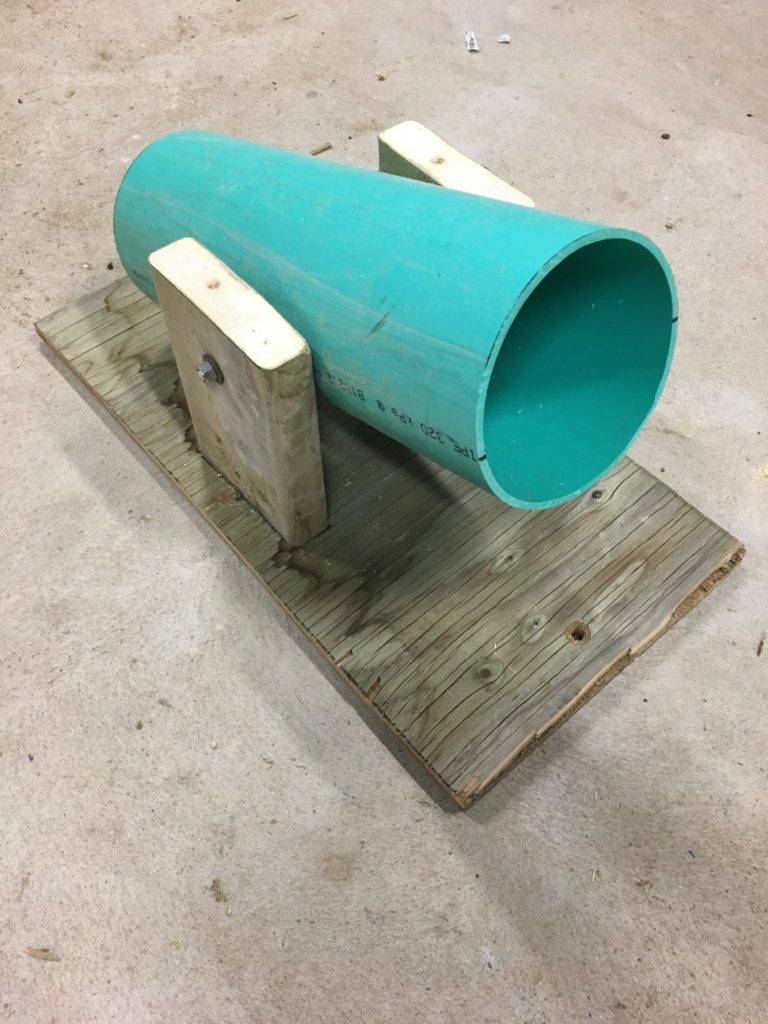
This simple PVC tube-teeter totter is ideal for many small playful mammals such as meerkats or even skunks. This is also great because it is clearly a toy which when played with is sure to get a great reaction out of visitors and animal care staff alike. The simplicity of the design allows it to be easily built with common materials. This PVC tube teeter-totter is far from natural and because of this it may take some coaxing to get the animals to figure it out, something like rubbing peanut butter or another spread on the inside might be useful to start the enrichment process.
Building Materials
- PVC Tube (6-8 inches in diameter)
- 3/4″ Plywood
- 2″x6″
- Screws and 2 Bolts with nuts
- Circular Saw
- Drill with Drill Bits
Building Instructions
- First off, like many of our projects on here, all of these measurements and dimensions are going to depend on the animal that this is intended to be used for. A teeter-totter this size would be great for something meerkat or skunk sized but something like a red panda or something would need to be a lot bigger. This Teeter-totter was made with about 2 feet of 6″ diameter PVC pipe. Find a pipe with the right dimensions you are looking for or cut one to length by carefully marking and cutting it with a circular saw.
- The second step is to cut a plywood base at least 4″ longer than the PVC pipe and at least 3″ wider than it. This will provide a secure base and allow room for the pipe to be secured on the sides.
- You can then cut two 2″x6″ pieces that are tall enough that your teeter-totter will have the appropriate slope and won’t be too high of a drop for the animal inside the tube. I cut mine to 8″.
- You can now drill a hole large enough for your bolt all the way through both pieces making sure that both holes are at the exact same height. You can now secure these two pieces to the plywood by screwing them in. You want them to be in the center of the plywood lengthwise with enough room between them that there is maybe 1/4″ of clearance on either side of the pipe when its placed inside.
- You then want to drill a hole on the exact center of the pipe, make sure to take your time with this because it will affect how your PVC tube teeter-totter functions.
- Once this is done you can line up the holes in the tube with the holes in the wood pieces and insert a bolt in either side of the tube so that the flat end of the bolt is in the tube, this way there’s nothing for the animal to get caught on.
- You may need to adjust the tightness of the bolts to adjust how the tube sits and operates. You are all done and you have an awesome PVC tube teeter-totter!
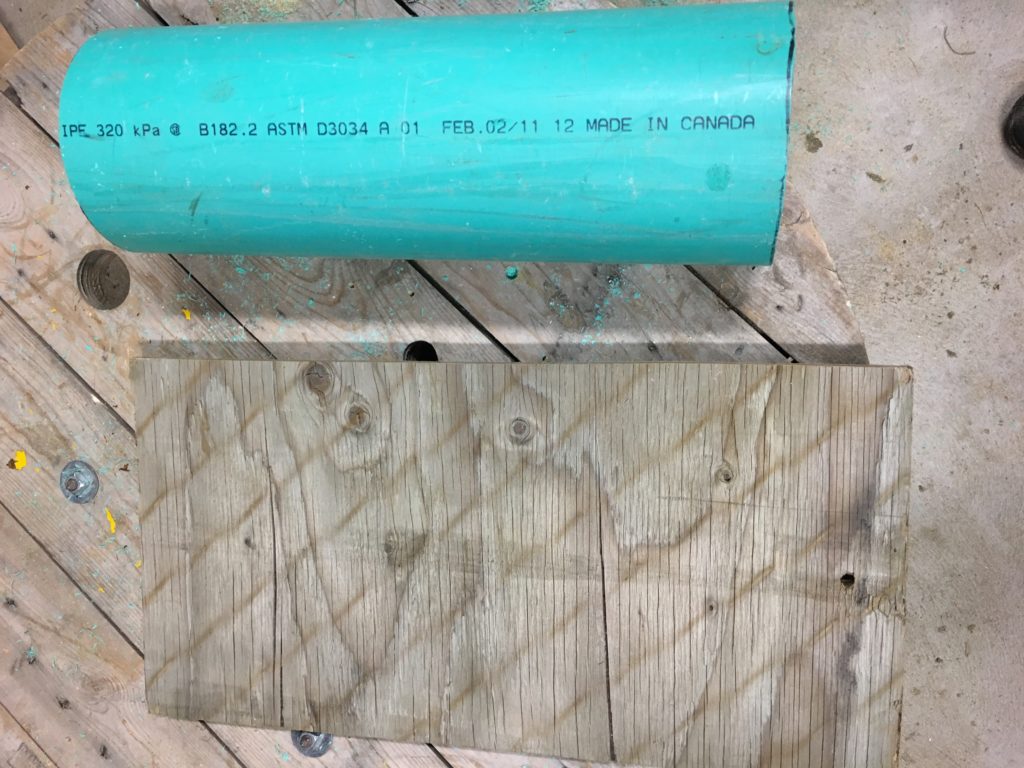
The tube and the base I’ve cut 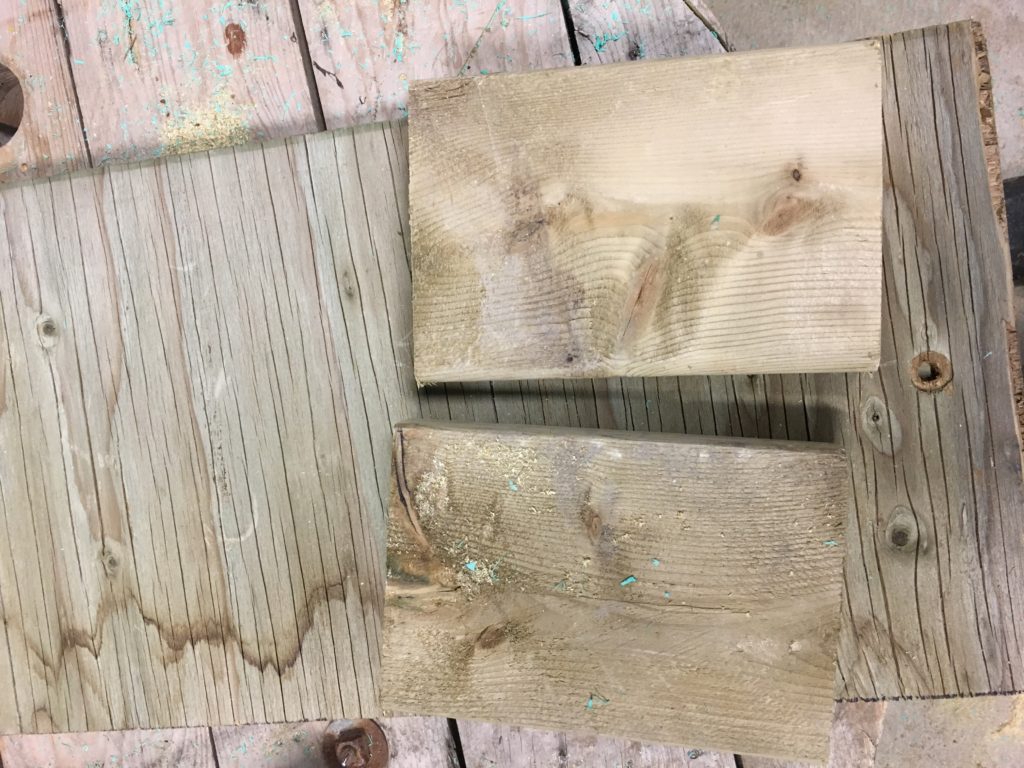
The two 2″x6″ pieces 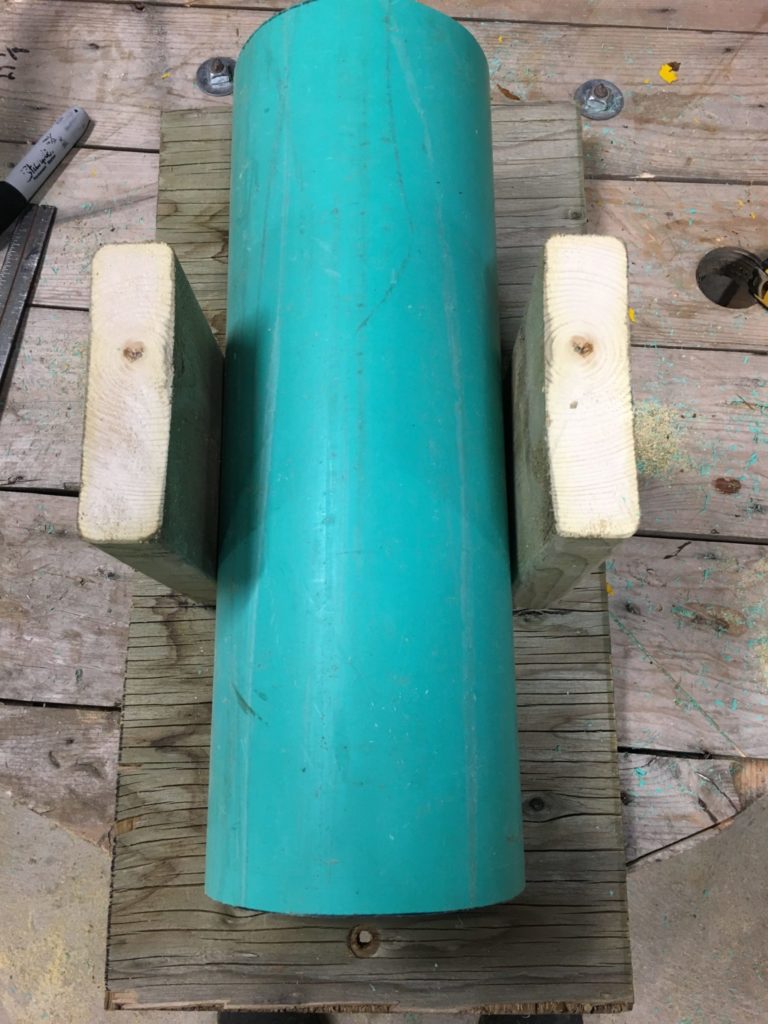
Secured 2″x6″ pieces 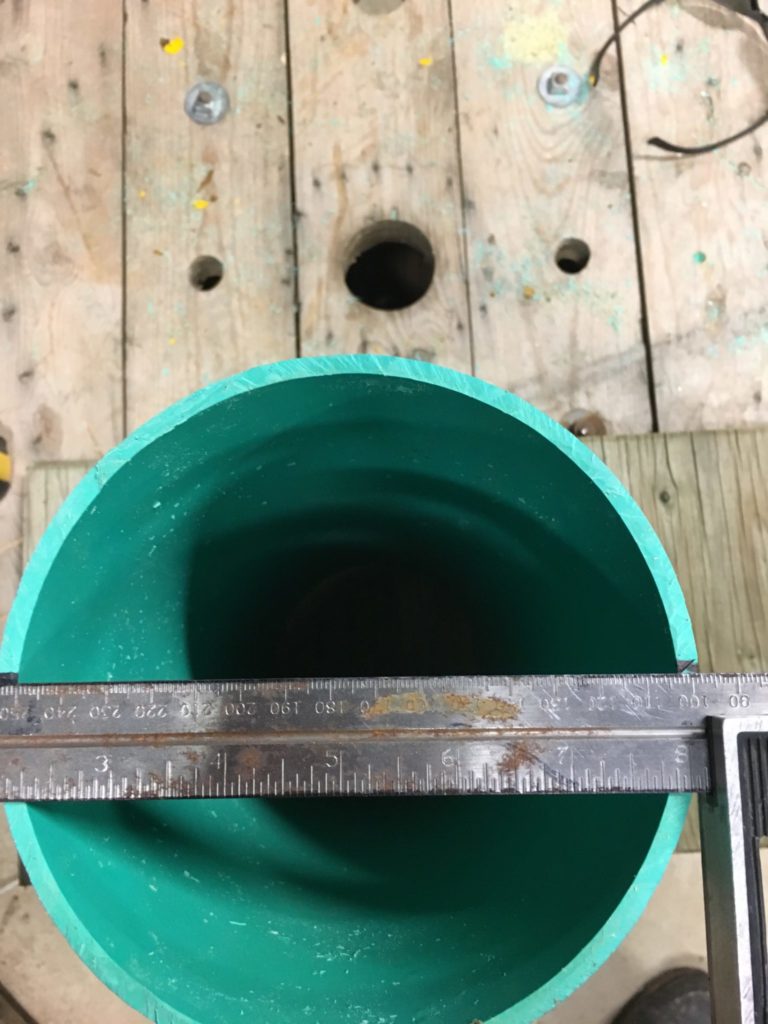
Finding the middle of the tube 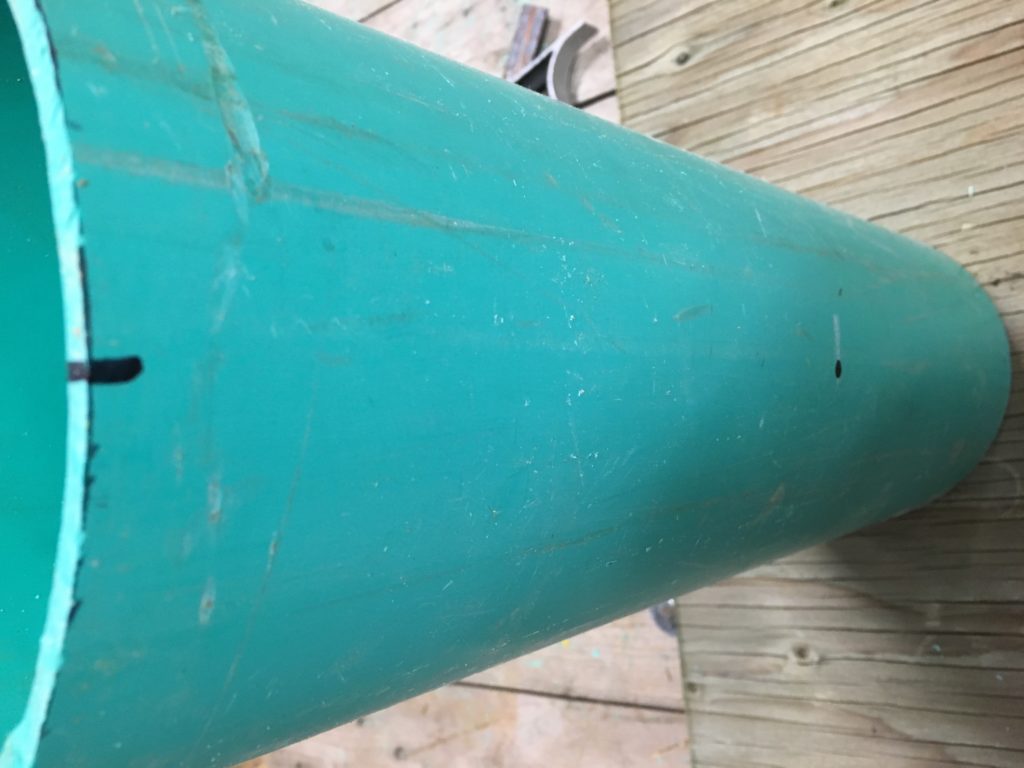
Marking out before drilling 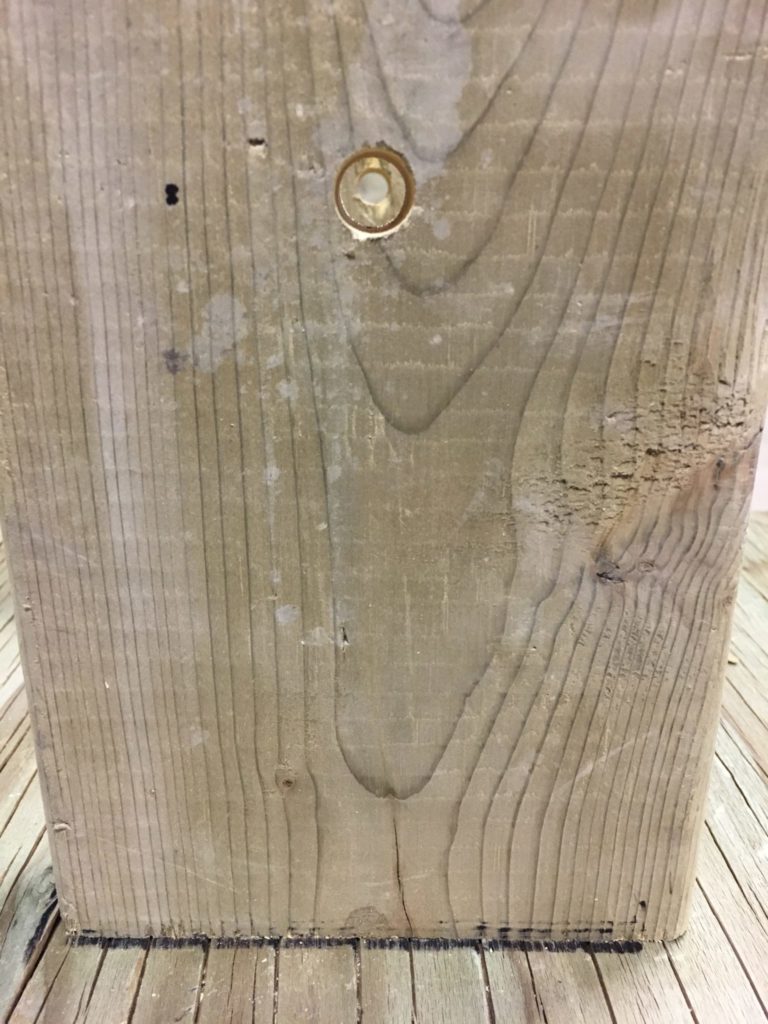
Holes through the support pieces 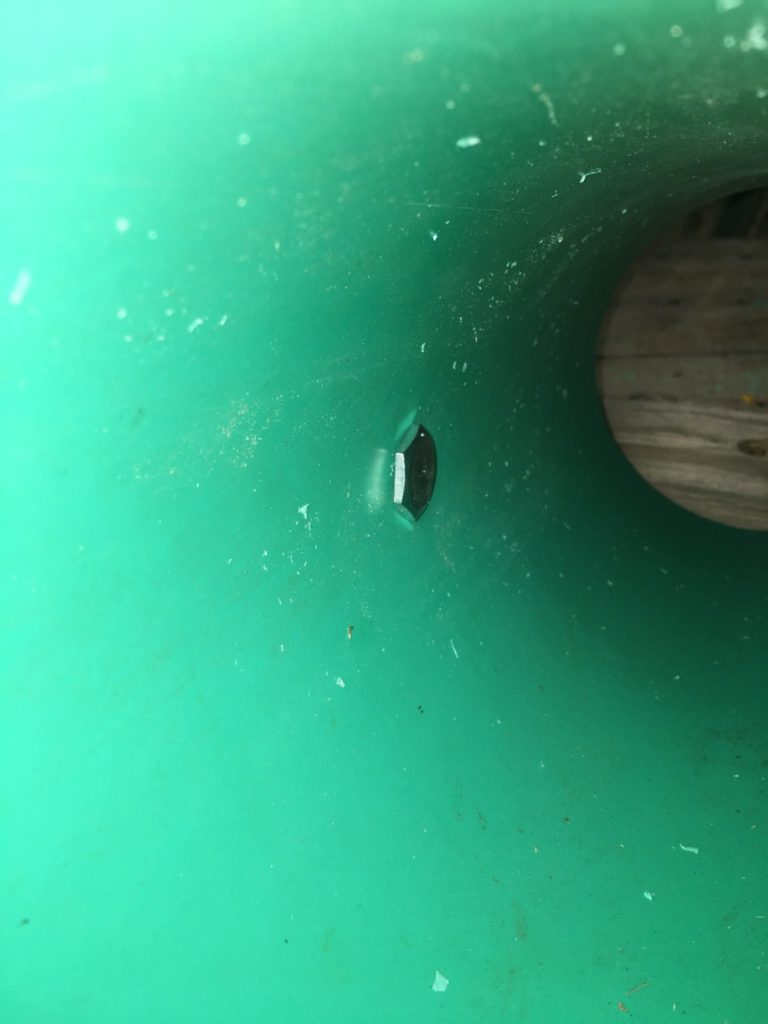
Nut through the hole in tube 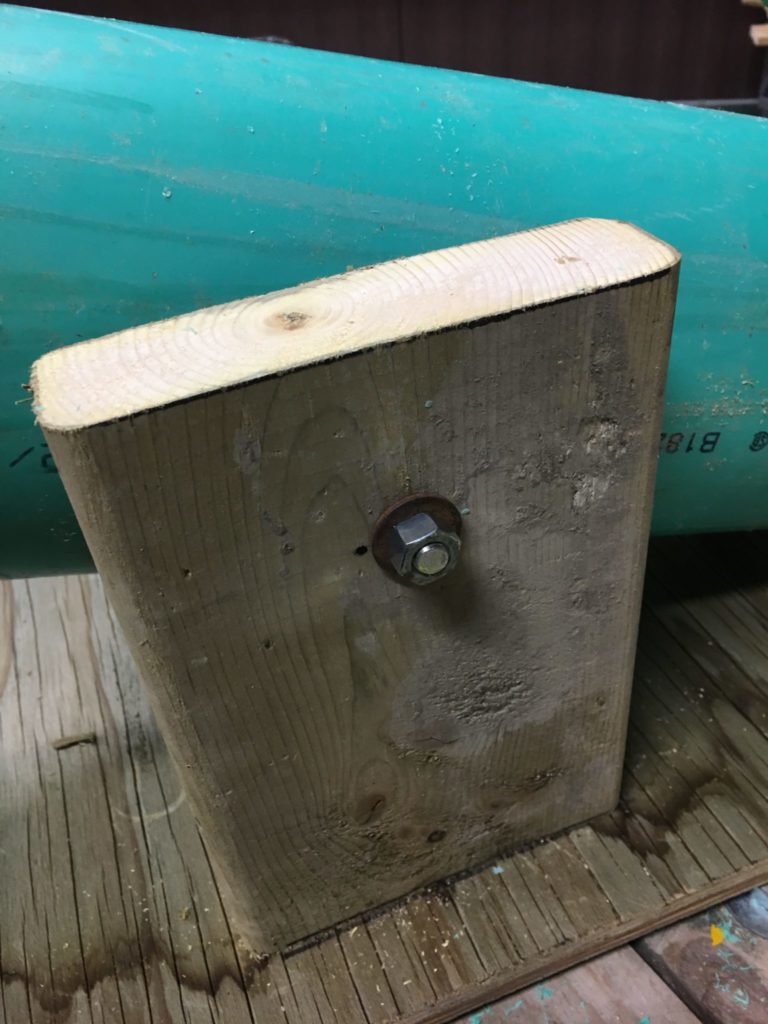
View from the outside
Tips/ Comments
As I said earlier it may be beneficial to place some sort of spread or reward inside of the tube in order to get the animals using it initially but they may just go in on their own. Make sure that the animals you are giving it to are not small enough to get stuck in between the tube and the base! This is a fun one and I hope you enjoyed making this as much as I did!

If the animals chew the pipe, do we have to worry about anything they might ingest?
Definitely something to watch out for, I’ve used a very strong form of PVC here so it is much less “chewable” then some of the softer types. I find its all about the type of PVC being used.